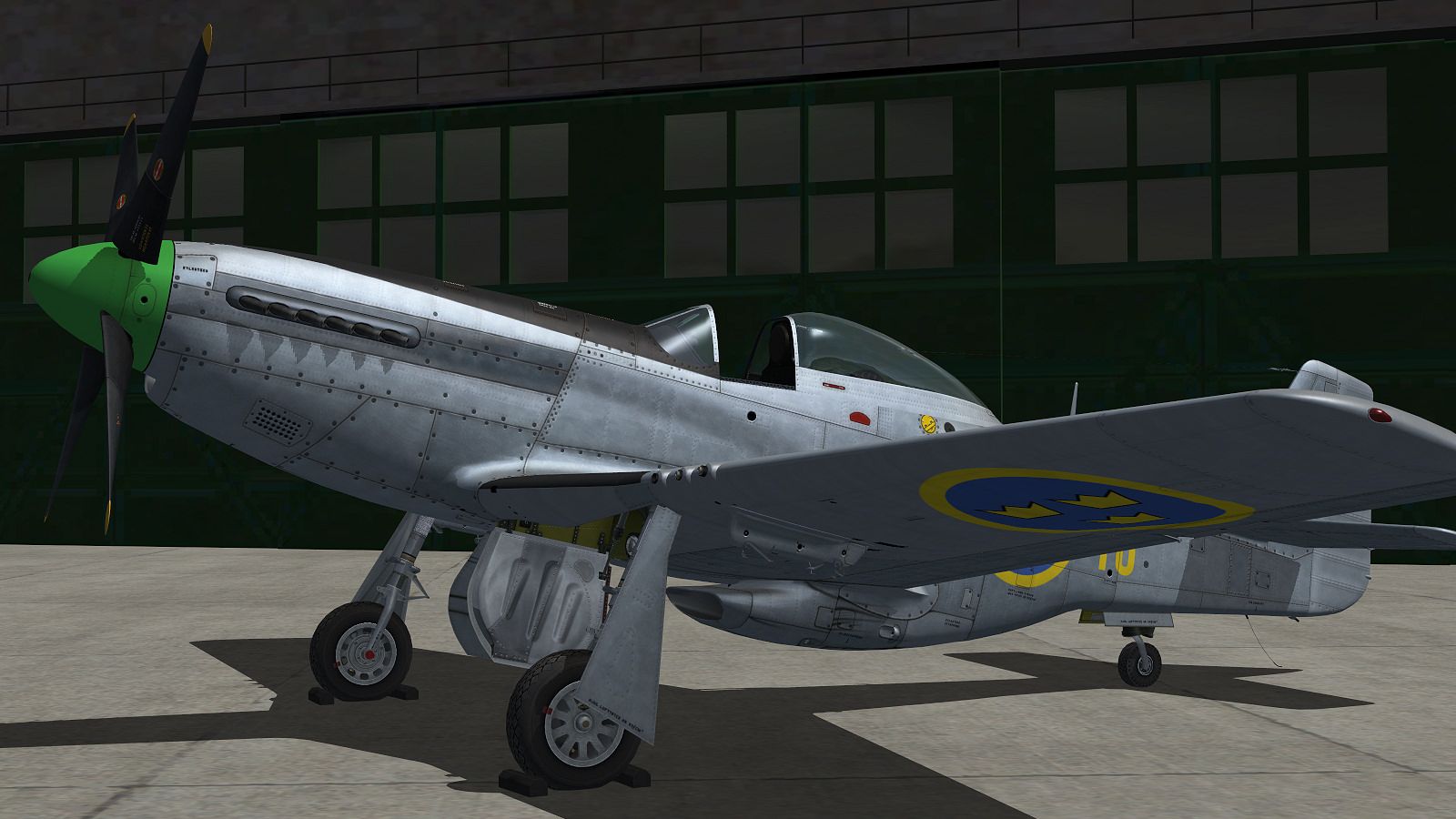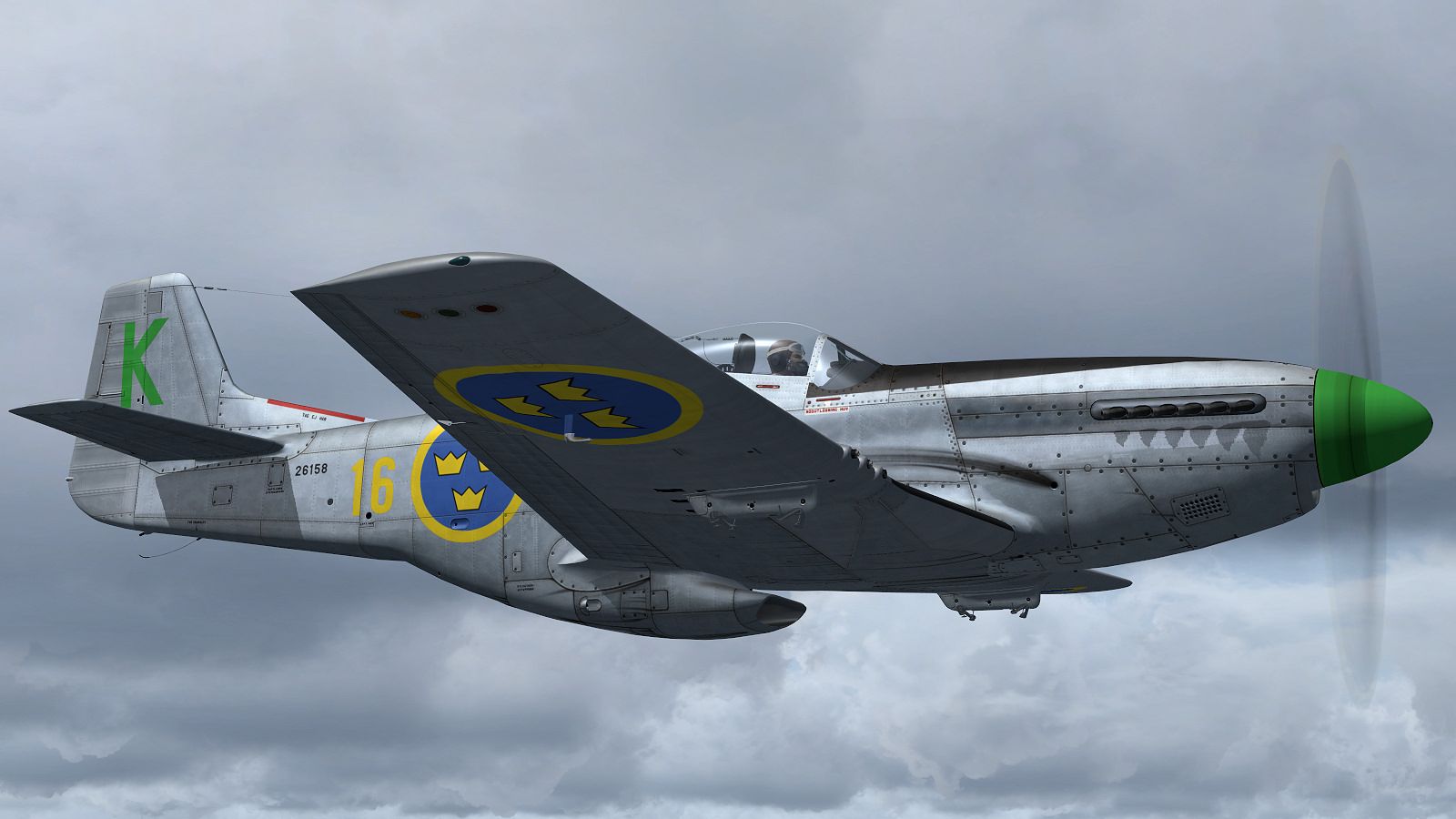En ce moment je bosse sur la procédure atterrissage car mes approches sont trop rapides.
J'ai bien compris que très tôt il faut utiliser les volets pour dégrader la vitesse, durant mon approche ma vitesse est dans les 150 MPH, ma MP est de 20" à 25", mes RMP sont de 2700.
Malgré ça je trouve que mes approches ne sont pas vraiment "propres" et même si je continu de bosser sur cette partie je me suis penché sur le sujet en posant une question sur le fofo de A2A.
J'ai obtenu une réponse que j'ai bien traduit mais ensuite une autre personne a écrit une petit pavé qui me semble vraiment intéressant mais comme mon Anglais technique n'est pas au TOP je voudrais savoir si une âme charitable pourrait traduire ce qu'il y a écrit ?
Je pense aussi que ça pourrait aider d'autres personnes qui comme moi se posent les mêmes question, voici donc le contenu de ce massage:
Je ne sais pas si pour quelqu'un qui parle Anglais c'est une tâche compliquée mais si quelqu'un pouvait traduire ces explications je lui serais vraiment reconnaissant...Hi everyone. I guess I had better chime in here and earn my Chief Pilot's pay (LOL x10).
For those who have sorted this matter out, great, enjoy. However for those who are still having a problem on approach and landing I offer the following:
When planning an approach to landing in any high performance piston aeroplane, particularly when in one that does not have a speed brake, the word “planning” is key. The approach and landing actually starts when you still at cruising altitude and twenty or more miles from the airport depending upon how high you are cruising. Of course, the higher you are the farther out you have to start your descent. You want plan to get down to at or near pattern altitude three to five miles from the airport. For example, at a ground speed of 240 M.P.H. you will need eight miles per 1,000’ to descend at 500 fpm. Use this basic rule of thumb and adjust it accordingly.
Another useful rule of thumb for when to begin your descent is to determine the rate of descent you wish to descend at and to divide it into the amount of altitude you want to lose. This gives you the time it will take to lose the desired altitude. To determine the distance from the airport at which you should begin the descent, take the figure you just got, multiply it by your groundspeed, and divide the result by 60.
Ex. cruising at 10,000’, airport pattern at 1,000’; you want to lose 9,000’. If you want to descend at 500 fpm: 9,000 ∕500 = 18 minutes. Now multiply this by, say, 240 mph and divide what you get by 60. 18 x 240 = 4320/60 = 72. You must begin your descent at least 72 statute miles from the airport to be at 1000’ when you get there. Remember to add those three to five miles to this figure so that you approach the airport at approximately pattern altitude. It’s a lot easier to see traffic when it’s at your altitude; an airplane can easily get lost in the ground clutter.
So, if your groundspeed is 240 mph, you have to start descending from 10,000’ to 1.000’ at 500 fpm, 75-77 statute miles from the airport. Voila! BTW- this works with knots and nautical miles as well, just don’t mix mph with nautical miles, knots with statute miles and vicey versy or it won’t work out.
Trying to loose altitude in a hurry in a high performance aeroplane, such as when you’re too close in to the airport and still too high, requires either a very low power setting, which is definitely not healthy for big piston engines for very long for a lot of reasons; and/or drastically lowering the nose to increase the rate of descent, which increases your airspeed (just the opposite of what you want) and may shock cool the engine causing damage. Good planning is the way to do it to keep your engine healthy and your mind at ease.
There are methods for losing airspeed that do not task your engine, your aeroplane (or you). The deployment of flaps at relatively high airspeed is a great benefit that the P-51 permits and you should not be shy about using them to slow down. Remember, flaps are not speed brakes. To approx. 25 ° down they add more lift than drag with the ratio of drag to lift increasing as they are lowered beyond that. Be ready to re-trim nose down when you initially lower the flaps and trim nose up when they are fully down.
If you are three or so miles from the airport, at a moderate power setting but are still not slow enough for the pattern; one way to slow down in a hurry is to first look around to see that there is no traffic nearby, and if clear, do a steep 360º level turn in either direction without reducing power any further. You ought to be at a manageable airspeed after that. Just don’t let the airspeed get too low at any time during the approach so that you are behind the power curve with too much angle of attack and therefore require too much power to maintain altitude. This is the “coffin corner” and is a deadly dangerous place to be.
Once at the desired approach airspeed (I suggest gear-down speed, approx. 150 M.P.H.) you can lower more flaps and lower the gear. All that drag will now be a great help in maintaining a low airspeed; in fact, you will now likely have to increase power to maintain altitude and airspeed. Don’t be shy about doing this; you don’t have to pay the fuel bill. Depending upon your density altitude and gross weight at this moment, you ought to be able to run the engine at a nice, moderately low setting without fouling the plugs or letting the propeller get ahead of the engine. You always want the engine to be turning the prop and not the other way ‘round, or the prop and engine bearings and other things will get screwed up, which is not at all engine-healthy.
Once you are in the landing pattern, it is a good idea (and was a general technical order in the service) to maintain 130-150 m.p.h. until established on final so that you are not making turns with all your stuff hanging out when at too high an angle of attack. Turning at too low an airspeed could cause a sudden low-altitude stall/spin which will definitely spoil your landing and ruin your whole day.
Remember that your throttle controls your rate of descent and your pitch controls your airspeed (unless you on an ILS glide-slope approach, in which the opposite is the case). Do not lower full flaps until the landing is assured and plan to touchdown on the first third of the runway. 110 mph over fence is as slow as you should be. Flair higher than you think you should, the P-51 settles quickly as it slows down. Once over the runway at about ten feet, level off and begin to slowly reduce power, raising the nose gradually until you are at a slightly tail low wheel landing attitude.
Three point landings are fine, but most P-51 drivers don’t do them. A wheel landing permits better visibility over the nose for a longer period of time and permits finer control over the descent to the runway. You can add a little power to cushion the landing if necessary, but I mean a little. Sudden increases of power when at a low airspeed in a P-51 or any high-powered piston aeroplane will turn/roll you to the left quite dramatically. Let the tail drop by itself and hold the stick right back to put pressure on the tail wheel and to prevent it from castering. When rolling out in a three point attitude with full flaps there is a lot of drag to slow you down; let this drag do the work and stay off the brakes as long as you can.
Raise the flaps when taxiing to prevent damage to them from stones and debris, and lower them fully when parked to keep peoples’ feet off them. Let the engine idle at 10,000 r.p.m. or so for a while to cool and settle everything down, then mixture to idle/cut-off to stop it. To keep the cylinders clean and to prevent backfiring, do not turn off the magnetos until the prop has stopped turning. Once the engine has stopped, remember to pull the hydraulic system release handle to relieve the hydraulic system’s pressure. All switches off, all trims to takeoff position (courtesy to the next pilot), wheels chocked, and go have a cup of coffee, pilot; you deserve it.
Mitchell
Alors un grand merci d'avance et bonne soirée, Olivier.








